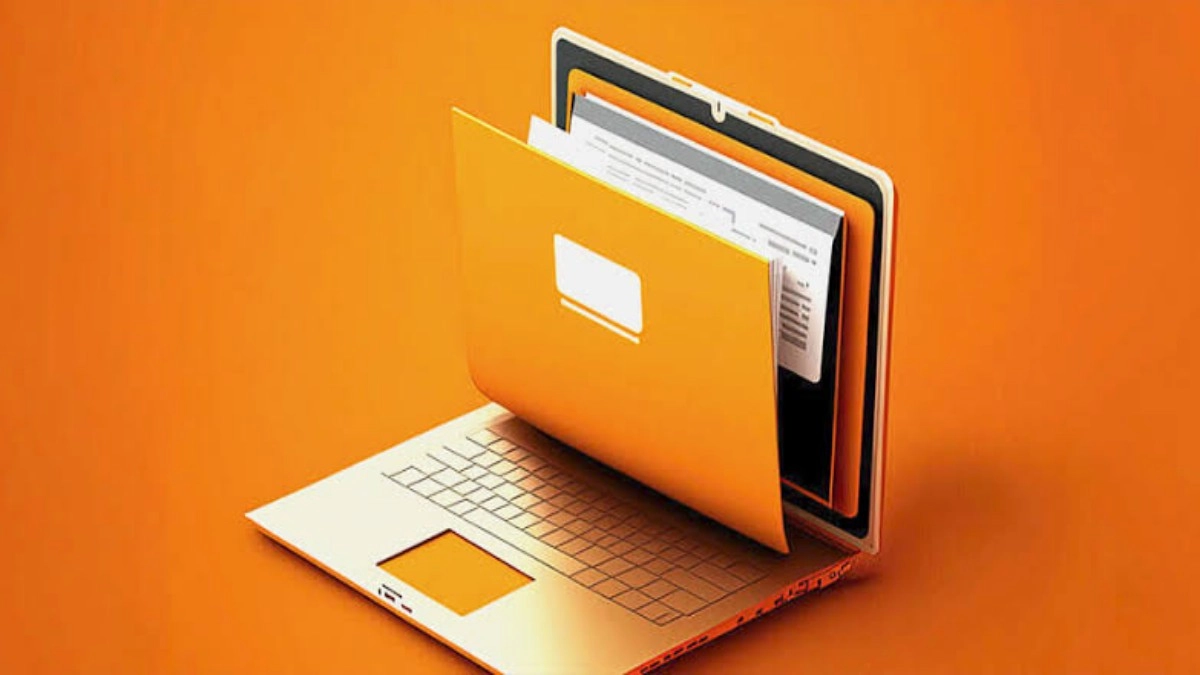In the digital age, safeguarding your personal files and folders is a paramount concern. Whether it’s confidential work documents or cherished personal photos, the need to keep sensitive information away from prying eyes is crucial. In this guide, we’ll walk you through various methods on how to hide your folders or files on a computer, ensuring an extra layer of privacy and security.
Built-in Methods:
1. Windows: Using File Explorer Attributes
a. Select the Folder or File: Navigate to the folder or file you want to hide.
b. Right-Click and Choose Properties: Right-click on the selected folder or file, and choose “Properties.”
c. Toggle Hidden Attribute: In the Properties window, check the “Hidden” attribute under the General tab. Click “Apply” and then “OK.”
d. View Hidden Files: To view hidden files, go to the View tab in File Explorer and check the “Hidden Items” box.
2. macOS: Renaming Files or Folders with a Dot
a. Select the Folder or File: Locate the folder or file you wish to hide.
b. Rename with a Dot: Rename the folder or file by adding a dot (.) before the name. For example, change “SecretDocuments” to “.SecretDocuments.”
c. View Hidden Files: Use the Terminal with the command ls -a to view hidden files.
How to fix a computer will not boot up in simple steps
Steps
- Right-click on the folder or file you want to hide and select Properties.
- Check the box Hidden. in the Menu that appears
- Click OK
- Your file or folder is now successfully hidden.
3. How to unhide your folder or file
- Click on the Windows icon at the bottom-left of your Computer or click on the folder icon at the bottom of your Computer screen or press CTR + E
- Find This PC on list and click on it
- Find where the hidden folder or file is located (example; Desktop, Document or Download)
- At the top of the screen you will see View. Click on it.
- A page will slide down with lists, find Hidden Items and check it”.
- All your hidden files or folders will be shown.
4. Using Third-Party Software:
1. Wise Folder Hider (Windows):
a. Download and Install: Download and install Wise Folder Hider.
b. Set a Master Password: Upon launch, set a master password to secure your hidden files.
c. Add Files or Folders: Use the app to add files or folders you want to hide. They will be password-protected and hidden from view.
How to fix Computer Screen Sideways (rotate)?
1. Hider 2 (macOS):
a. Download and Install: Download and install Hider 2.
b. Create a Vault: Create a vault and set a password to secure your hidden files.
c. Drag and Drop Files: Simply drag and drop files or folders into the vault to hide and encrypt them.
5. Folder Encryption:
1. VeraCrypt (Cross-Platform):
a. Download and Install: Download and install VeraCrypt.
b. Create an Encrypted Volume: Use VeraCrypt to create an encrypted volume. Store your sensitive files in this encrypted space.
c. Mount and Dismount: Mount the volume when you need access and dismount it when done.
What To Do When Your Computer Screen Is Black?
How to hide a file or folder using command prompt
Steps:
- Press Windows key + R.
- Type cmd into the search box and press Enter.
- When it shows the command prompt page then type Attrib +h +s +r folder_name or Attrib +h +s +r file_name and press Enter.
Your folder has been successfully hidden.
How to unhide a Computer folder or file using command prompt
Steps:
- Press Windows key + R.
- Type cmd into the search box and press Enter.
- When it shows the command prompt page then type Attrib -h -s -r folder_name or Attrib -h -s -r file_name and press Enter.
How To Delete Temp File From Your Computer
Conclusion:
Securing your folders and files on a computer is a crucial aspect of digital privacy. Whether you opt for built-in methods or third-party software, the steps outlined in this guide provide a spectrum of options to suit your preferences and level of security. By incorporating these techniques into your digital habits, you can enjoy peace of mind knowing that your sensitive information remains hidden from unauthorized eyes.



